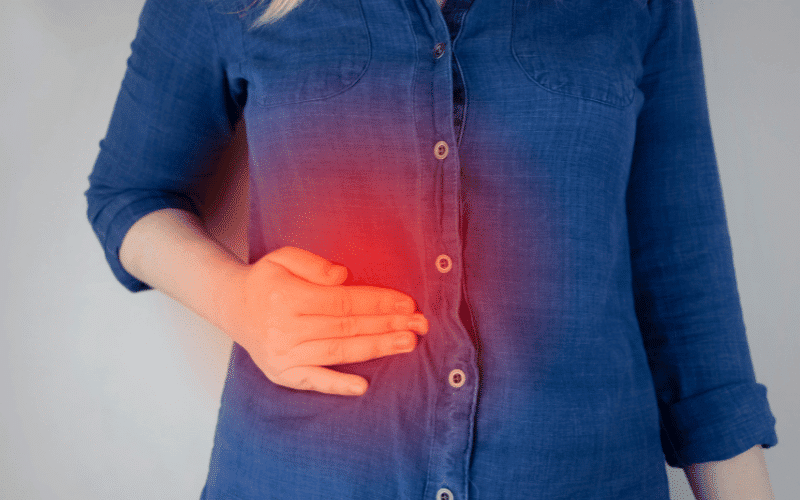Introduction: The Importance of Identifying Broken Rib Symptoms
Dealing with broken or cracked ribs can be a painful and potentially dangerous situation. Timely identification of the symptoms is crucial to ensure proper treatment and recovery. In this article, we discuss the 12 common symptoms of broken ribs (rib fractures) and cracked rib symptoms, providing you with valuable information to recognize the issue and seek appropriate medical care.
Understanding the anatomy of the ribcage is essential in comprehending why these symptoms occur. The ribcage comprises 12 pairs of ribs, with each rib connected to the spine at the back and the sternum (breastbone) or cartilage in the front. This bony structure protects vital organs such as the lungs and heart. When a rib is fractured or cracked, it can lead to various symptoms, some of which might be easily overlooked or misattributed to other conditions.
In the following sections, we will go through each symptom in detail, explaining the possible causes, associated risks, and advice on when to seek medical help. Being aware of these symptoms can aid in a quicker diagnosis, timely treatment, and ultimately, a faster recovery process.
1. Sharp, Localized Pain: The Hallmark Sign of a Broken Rib

The primary indicator of a broken rib is a sharp, stabbing pain in the affected area. This pain is usually localized, meaning it is concentrated in a specific region around the ribcage. The intensity of the pain can vary depending on the severity of the fracture, ranging from mild discomfort to severe, debilitating agony.
This acute pain occurs because the fractured rib’s jagged edges might be pressing against surrounding muscles, nerves, or other structures, causing irritation and inflammation. It is essential to avoid any activity or movement that exacerbates the pain, as it could lead to further damage.
In some cases, the pain may radiate to the back, shoulder, or abdomen, making it challenging to pinpoint the exact location of the fracture. Nevertheless, sharp, localized pain should never be ignored, as it could indicate a more severe underlying issue requiring medical attention. (1)